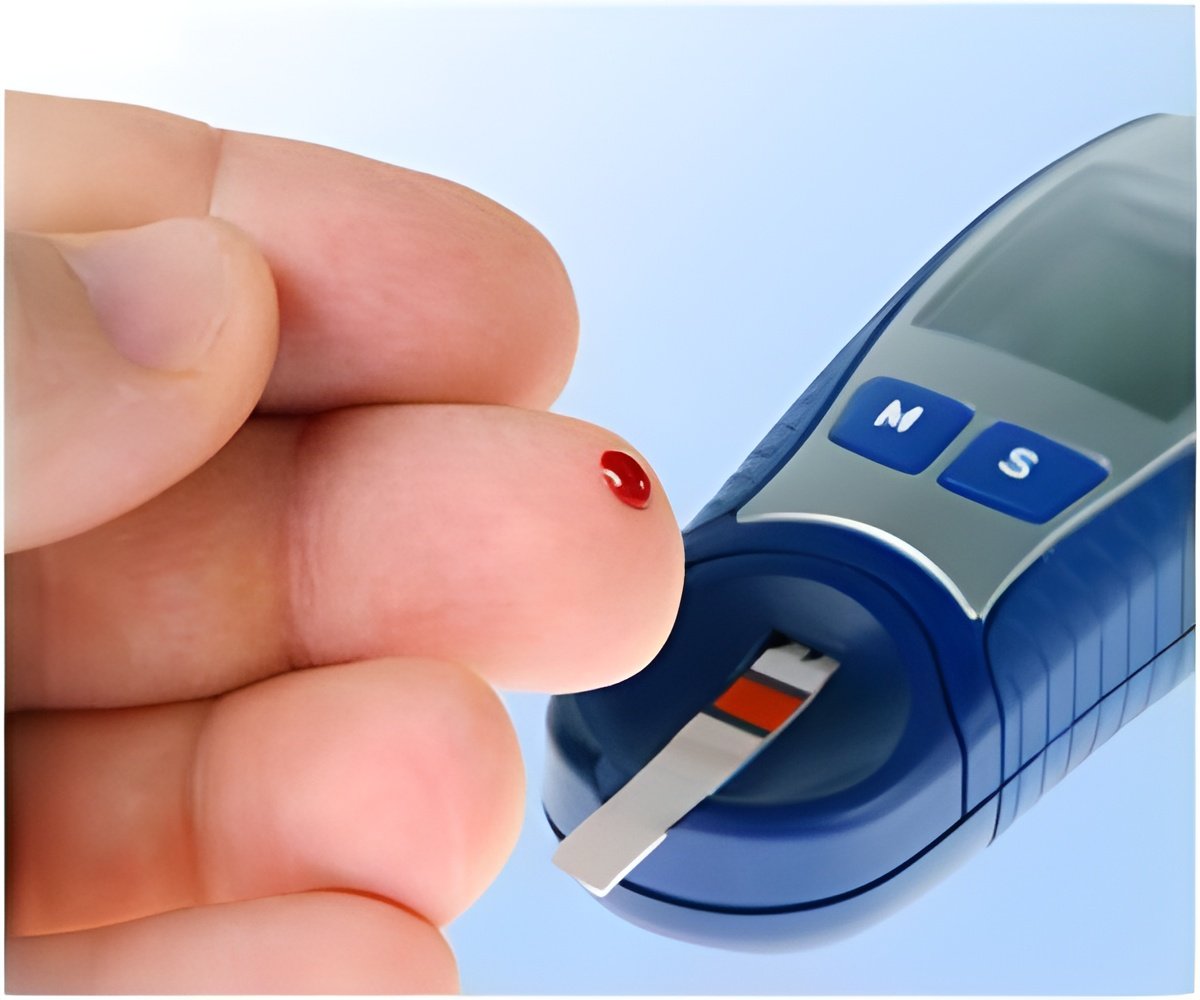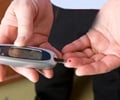A breathalyzer that may help control blood sugar by measuring the amount of acetone in the breath was developed by researchers.

This crosslinks the polymers and alters the physiochemical nature of the film, which provides a quantification of the acetone and, therefore, blood-glucose levels.
Ronny Priefer, professor of medical chemistry at Western New England University in Springfield, Mass said that Breathalyzers are a growing field of study because of their potential to have a significant positive impact on patients' quality of life and compliance with diabetes monitoring.
He said that their technology is different as it only accounts for acetone and doesn't react with other components in the breath.
The research was presented at the 2013 American Association of Pharmaceutical Sciences (AAPS) Annual Meeting and Exposition in San Antonio last week.
Source-ANI
 MEDINDIA
MEDINDIA




 Email
Email










